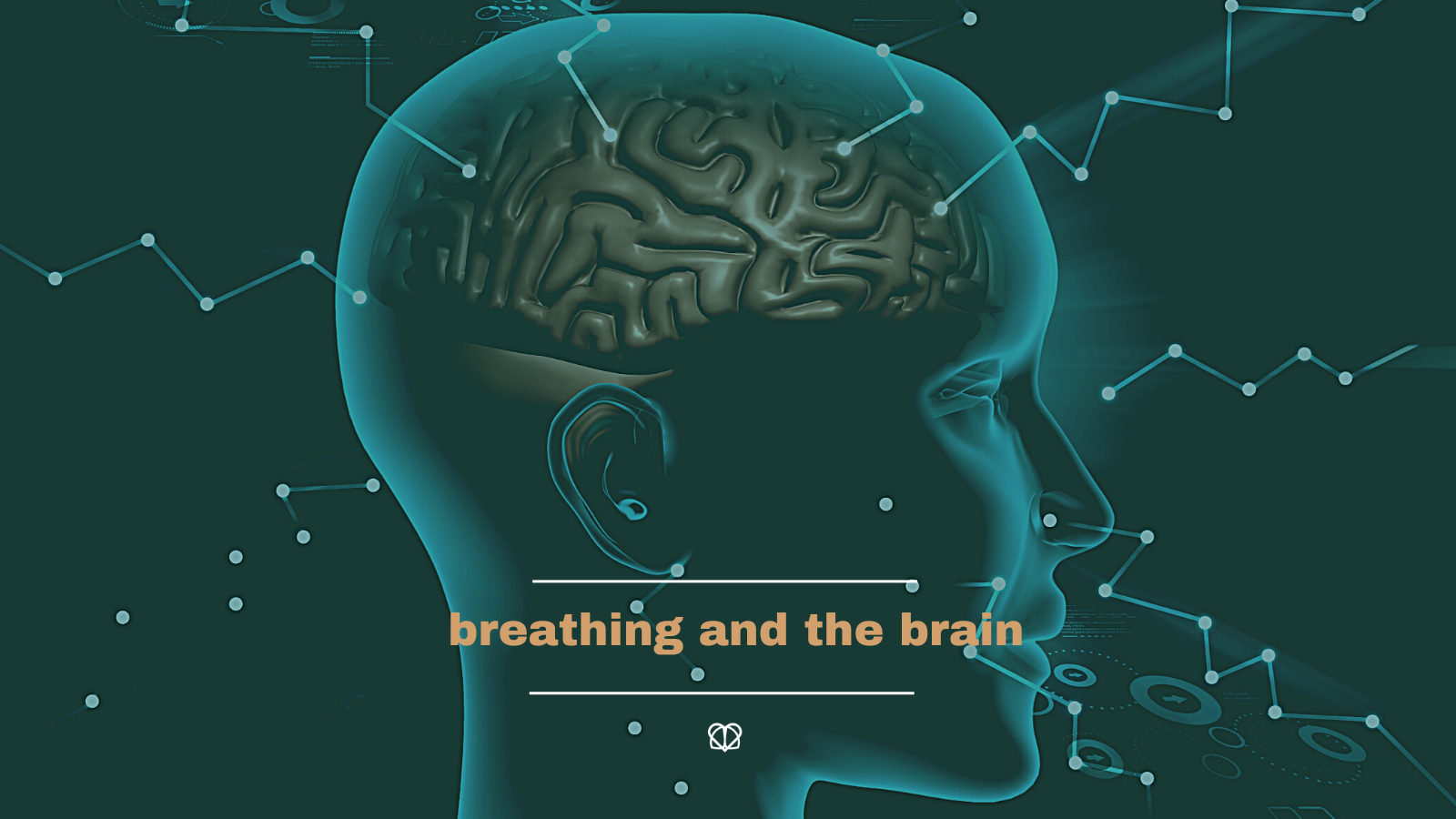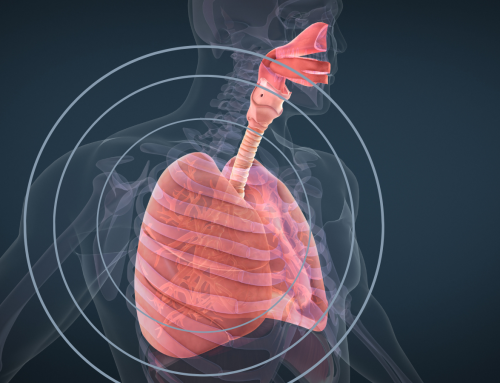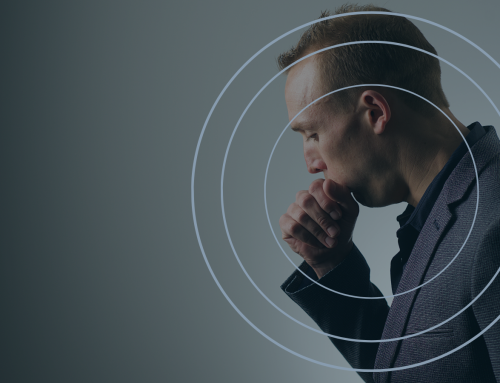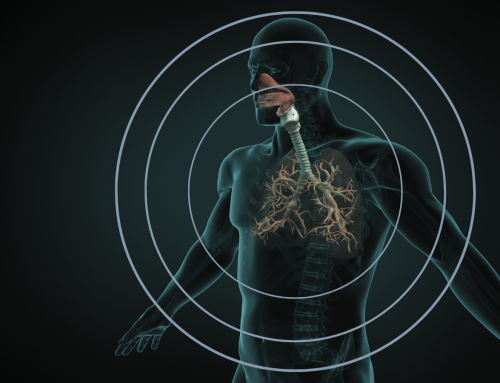We all know how important breathing is – we can’t live without it – but did you know the automatic and rhythmic act of breathing is controlled by a network of neurons in the brain – the brainstem(pons and medulla) to be exact? Did you also know that the way we breathe can also influence the brain?!
Let’s delve into the science behind the connection to the brain a little more…
The science behind how we breathe and our brains
Research suggests that breathing and the brain are very closely entwined. Going way beyond just physiological survival, how we breathe can impact our emotions, our attention, and how we process the outside world.
Inhaling and exhaling is controlled unconsciously by the brainstem, which send messages via the vagus nerve to the diaphragm to contract and relax to expand the lungs. The brain will automatically alter the rhythm of breathing in response to emotional stimuli and mental effort. Think about how your body automatically responds when you’re scared, nervous or anxious – your heart rate increases, your breathing is faster, often using your upper chest rather than your diaphragm – you can see how your thought processes or emotions can affect the rate of breathing without you realising, or controlling it, at the time. Once the emotion or external stimuli has passed, the breathing rate will automatically settle back to normal.
Why optimal breathing makes sense
For some people, external stimuli can continuously negatively influence their breathing patterns, resulting in faster, upper chest breaths. Several forms of slowed and controlled breathing, such as nasal and abdominal breathing, have long been used in certain exercise regimes, such as meditation and yoga – both forms of exercise that are controlled, calm and measured – in order to activate the branch of the nervous system (parasympathetic) that helps to put your body in a state of relax.
The big question is: does anyone breathe perfectly? We may not breathe perfectly, but we should try to breathe optimally to promote activation of the parasympathetic nervous system and to ensure our body is performing the way it is physiologically designed to.
What do we mean by that?
Optimal breathing is slow and controlled via the nose. The rib cage and diaphragm should move adequately with each breath, ensuring your lungs fill uniformly with air.
Optimal breathing at rest should look like this:
– taking in the region of 10-14 breaths per minute (this is called our respiratory rate)
– the air should enter and leave the lungs through the NOSE
– the DIAPHRAGM, should be working to help the lungs fill adequately with each breath (your lower chest will move if the diaphragm is doing a good job)
– each breath should be gentle, controlled and the same size.
Do you think your breathing pattern is optimal or not? How do you know?
Try assessing your own breathing pattern
You can assess how yourself to see whether you’re breathing optimally.
- lie in a comfy position with a pillow under your head
- place one hand on your upper chest and one on your lower ribs
- watch and feel which of your hands move most as you lay and breathe normally (this will help you to understand which part of your lungs you use the most)
- ask a family member at home to watch your breathing too – did they pick up anything you missed?
- record your findings and follow us for the rest of the week to learn how to optimise your breathing pattern.
Watch the video here on how to perform the assessment
https://www.youtube.com/watchv=LQ005_ZrpSs&t=85s
If you’d like to know more about how to breathe optimally, or you would like your breathing pattern assessed, you can book your first appointment online via our booking page or drop an email if you’d like to find out more enquiries@airphysiotherapy.co.uk.





